Tired of those sloppy slugs slyly slimming their way through your garden greens while you sleep? They may look small and slow, but these sticky bandits can decimate flower beds overnight!
Well, dry those frustrated tears and put down the salt shaker… there’s a better way to banish these belly-crawling beasts WITHOUT harsh chemicals.
I’ve uncovered 26 ingenious natural ways to outsmart these icky invaders. We’re talking clever traps, stinky repellants, texture trickery, and more. These are simple, non-toxic tips anyone can quickly whip up with household items.
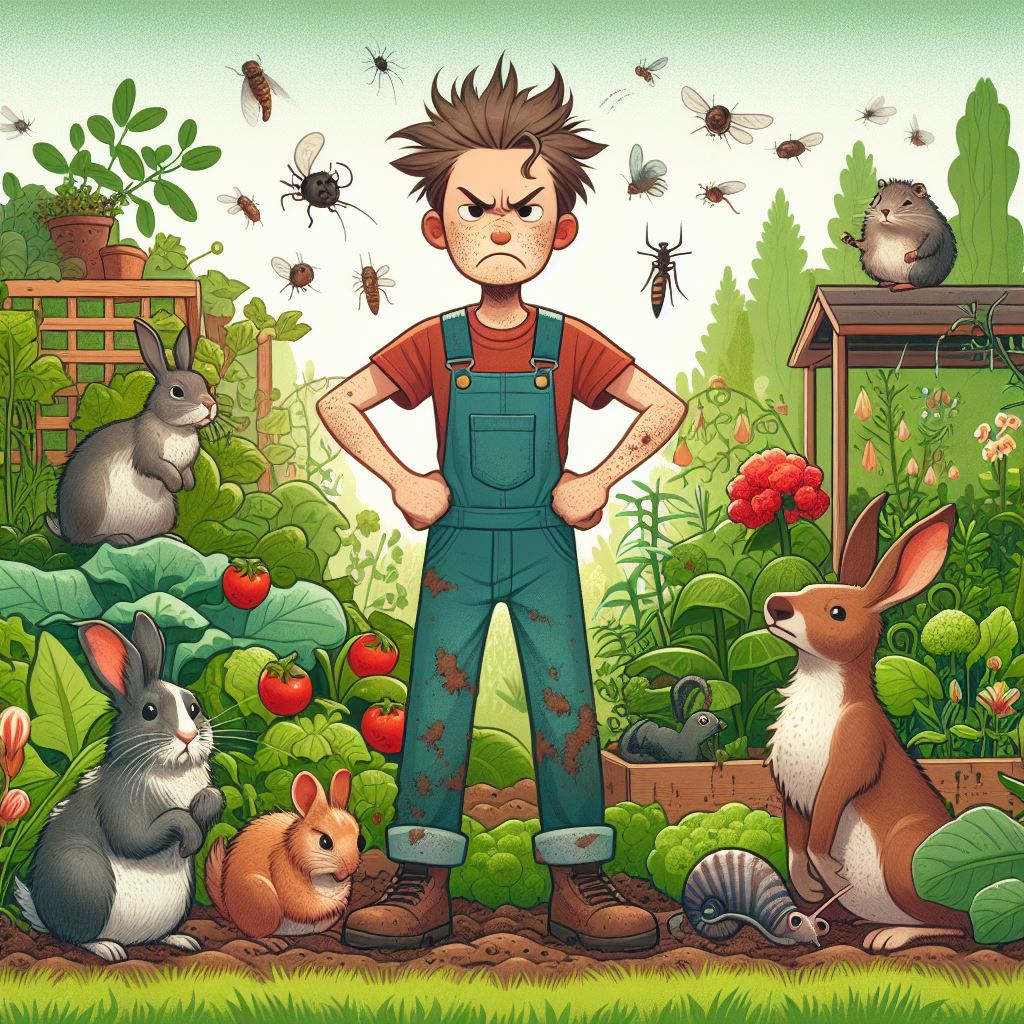
The best part? Many of these slug-stopper solutions pull double duty, fending off rabbits, deer, voles, and other veggie villains, too!
So grab your gardening gloves and get ready to send those slugs packing! No more sharing your homegrown produce or watching weeks of hard work get slimed.
Here’s how to keep them from destroying your garden so YOU can enjoy your labor’s fruits (and veggies), not THEM!
Here are the 26 tips from the original post for keeping garden critters away, described in more detail:
1. Fences & Netting
Install galvanized metal, plastic, or wire mesh fencing at least 3 feet high around vegetable gardens, flower beds, and fruit trees. Use 1/4-1/2 inch openings and bury the lower edge 6+ inches underground to prevent pests from digging underneath. Deer netting over plants works, too.
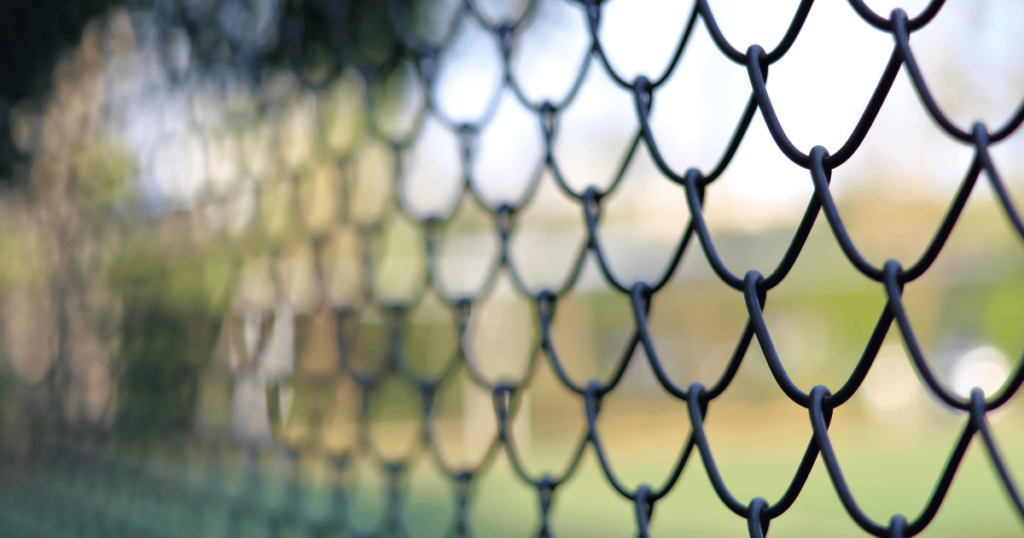
2. Scarecrow Sprinklers
Motion-activated sprinklers like the ScareCrow sends sudden water bursts up to 35 feet when animals reach range. Combine this with decorative fake owl statues and clanging aluminum pie pans that sway in the breeze to multiply the scary effects.
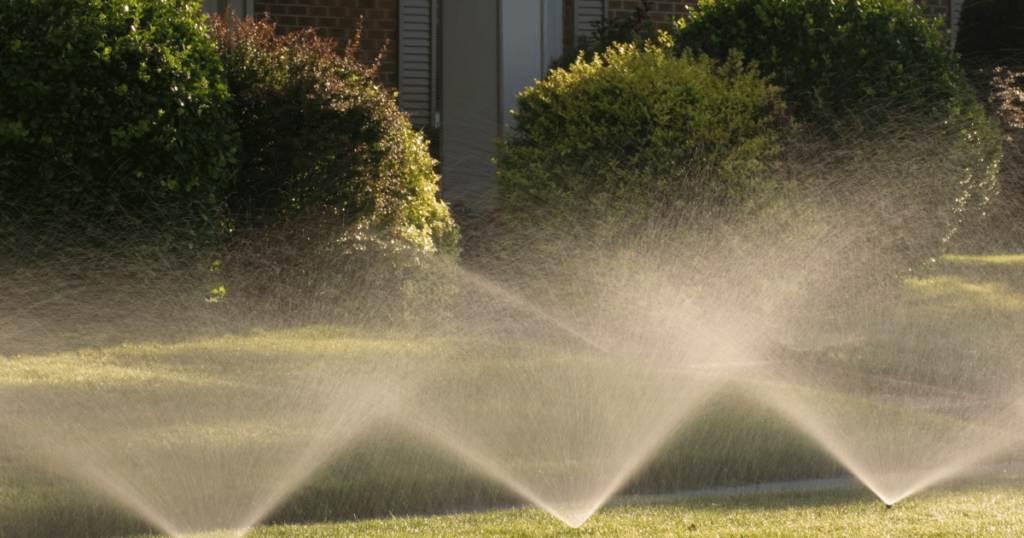
3. Smelly Garlic & Herbs
Garlic, chives, onion, mint, lavender, and marigolds have strong scents that naturally repel garden pests. Plant them around the outer edges of garden beds. You can also make DIY repellent sprays from crushed garlic, hot peppers, mint, dish soap, and water.
4. Prickly Mulch
Pine cones, gravel, wood chip mulch, and other bumpy, uncomfortable textures prevent slugs from slithering over to plants. Scatter them 2-3 inches deep as organic mulch to block bare soil.

5. Patrol Dogs
Dogs love to chase rabbits, deer, and other critters from yards. Even small, vocal dogs or dog hair/urine sprinkled around garden borders signals predators and scares most pests away.
6. Sand Barriers
Pour a 5-inch deep layer of coarse builder’s sand around in-ground and container plants. This abrasive texture stops slugs, snails, ants, and spiders when they crawl onto it.

7. Hand Pick Insects
Do daily garden patrols, crush/collect snails, slugs, and beetles by hand, and dispose of them in soapy water overnight. Check under boards, rocks, and mulch hiding places too. Pick egg masses off plants to prevent future generations.
8. Beer & Yeast Traps
Bury shallow bowls filled with stale beer 3-4 inches deep near plants. Slugs are attracted to fermenting yeast aromas but will drown after falling in. Replenish beer every 2-3 days.

9. Copper Tape
Wrap thin copper tape with adhesive around pot rims, garden beds, and vertical climbing surfaces slugs use. When moist, the tape conducts a mild electrical charge, giving it a zap.
10. Coffee Grounds
Sprinkle used coffee grounds around plants to hide appealing scents from insects. The grounds also have a smell rabbits dislike. Reapply grounds after watering. The extra nitrogen fertilizes, too.

11. Castor Oil
Dip wooden garden stakes in castor oil and arrange them around beds. The oil has compounds that moles, voles, and other burrowers avoid digesting, so it deters them from tunneling in those areas.
12. Diatomaceous Earth
This powder made from crushed ancient sea fossils has sharp, microscopic edges. Spreading light dust around beds cuts and damages the protective mucus covering slugs upon direct contact. Results show in 2-3 days.
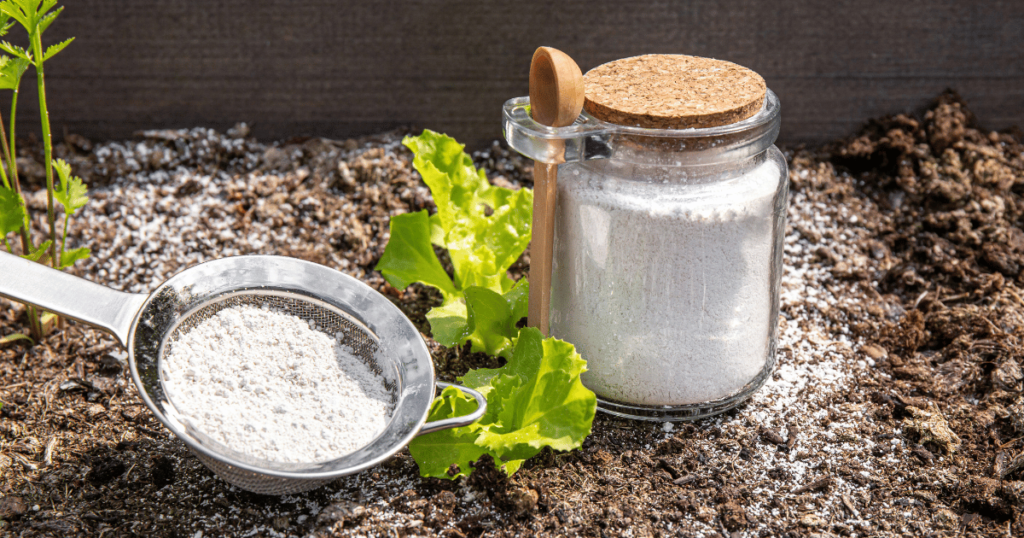
13. Ammonia Traps
Bury small cups filled with a 25% ammonia + 75% water solution near plants with soil-dwelling pest problems. Carrot flies and flea beetle larvae attracted to the sharp odor will die shortly after investigation.
14. Vibrating Stakes
Place battery-powered vibrational garden stakes randomly throughout beds. The underground pulses upset subterranean tunnels/burrows of voles and other burrowing pests, eventually driving them away.
15. Better Bug Balance
Introduce more beneficial predators like ladybugs, praying mantises, lacewings, birds, and bats by providing small water habitats, native flowering species, bat boxes, bird houses, etc. They will naturally decrease bad bug problems once established.
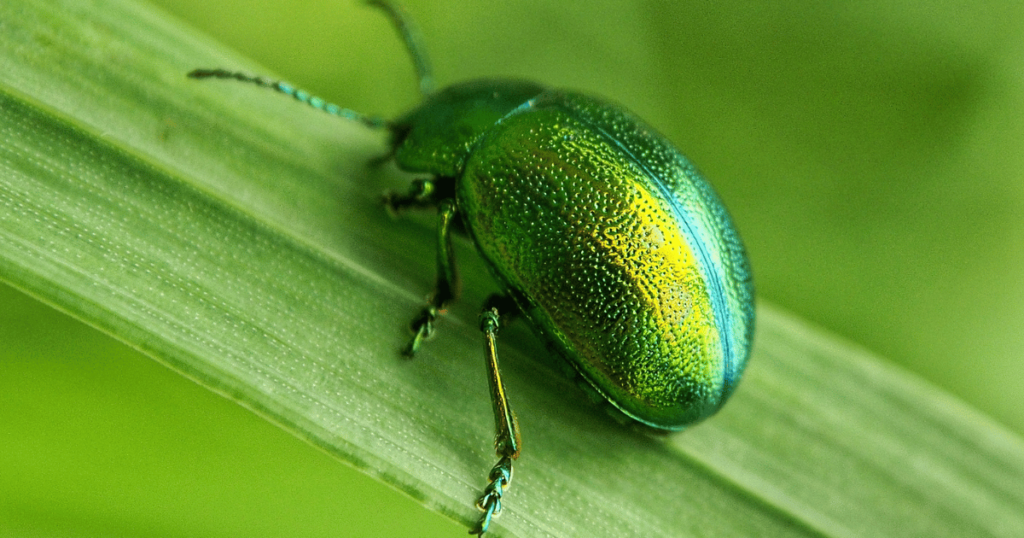
16. Selective Watering
Hand water seedlings using drip irrigation instead of sprinklers. Letting the surrounding soil dry out makes worms, and bottom-feeding insects tunnel deeper underground, away from vulnerable young roots near the surface.
17. Sacrificial Trap Crops
Let pests nibble on arugula, radishes, and other fast-growing treats you can spare planted along garden perimeters instead of your prize specimen plants. These trap crops lure them away from focal points.

18. Companion Plantings
Intersperse flowers and herbs that mask emissions of vulnerable fruits/veggies. Dill hides tomatoes; onions protect carrots, basil shields, and peppers. The varied smells confuse pests’ senses, so they have trouble isolating the crops you want to protect most.
19. Crop Rotations
Plant families are moved to a different part of the garden every year to interrupt the reproductive cycles of returning pests. This year’s cucumbers go where last year’s beans grew. It adds variety and cuts down on soil-borne diseases, too.

20. Raised Beds
Elevated contained planter boxes with skirts at least 8″ tall prevent subterranean pests like snails, slugs, and burrowers from entering soil spaces. Use wire mesh underneath beds as an added barrier. Go vertical to save space!
21. Homemade Collars
Cut open plastic bottles/containers to make physical rings around seedling stems or vining crops, creating barriers slugs and snails can’t climb over on their way to leaves.

22. Egg Shells
Crush dried, used egg shells into a super fine powder and dust lightly over the soil top around seedlings. The sharp fragments deter slugs from slithering over them. Reapply the abrasive powder after rain or watering washes remnants away.
23. Sticky Traps
Use yellow or blue colored sticky boards stuck upright among plants to passively trap thrips, fungus gnats, leaf miners, beetles, aphids, and other flying/jumping insects seeking greenery. They get stuck in contact with the gooey surfaces.
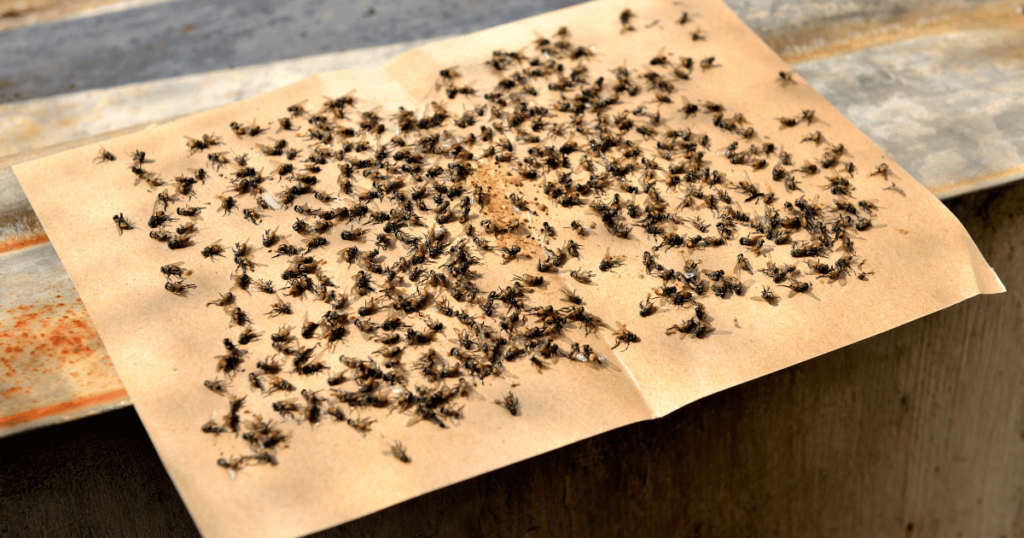
24. Slippery Barriers
Petroleum jelly, chalk powder, or a super-fine layer of food-grade diatomaceous earth (DE) smeared around permanent garden bed frames prevents crawling insects from getting traction to climb up and over into beds. Reapply DE after heavy rain.
25. Beer Mats
Sink pie plates filled with stale beer deep between rows of seedlings. Crawling pests drawn to the yeasty, fermented smell fall in and drown while investigating. Replace beer every few days to keep the aroma potent. Works on slugs, snails, and earwigs well.

26. Ripening Veggie Camouflage
Drape fine insects, netting loosely over-ripening vegetables and fruits to conceal them. Mask tomatoes with surrounding leaves and hide nearly-red strawberries under protective row cover fabric supported by hoops. Block sight and scent.

With this battle plan, you can defeat those pesky critters without harming plants, wildlife, or pets. It just takes some strategic planning and persistent upkeep of your defense systems.
The natural pest deterrents should blend into your garden’s design, making it a beautiful and SLUG-FREE haven to relax in! No more cross-contamination or toxic chemicals are required.
Let me know if these tips banish slimy slugs from YOUR yard! I have even more ideas if the first 26 need to do the trick. Now, get out there and take back control of your garden!

